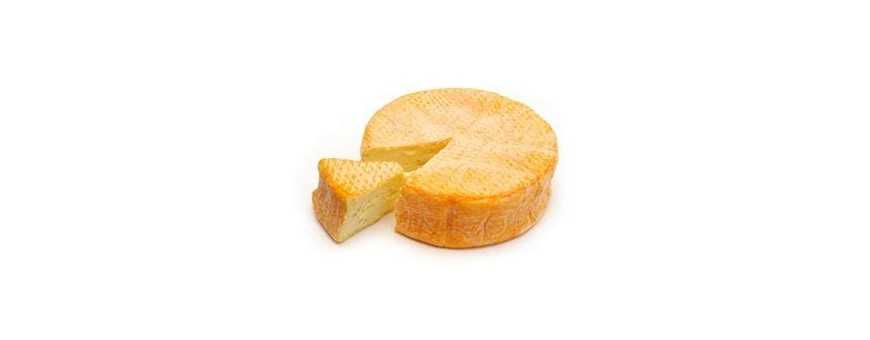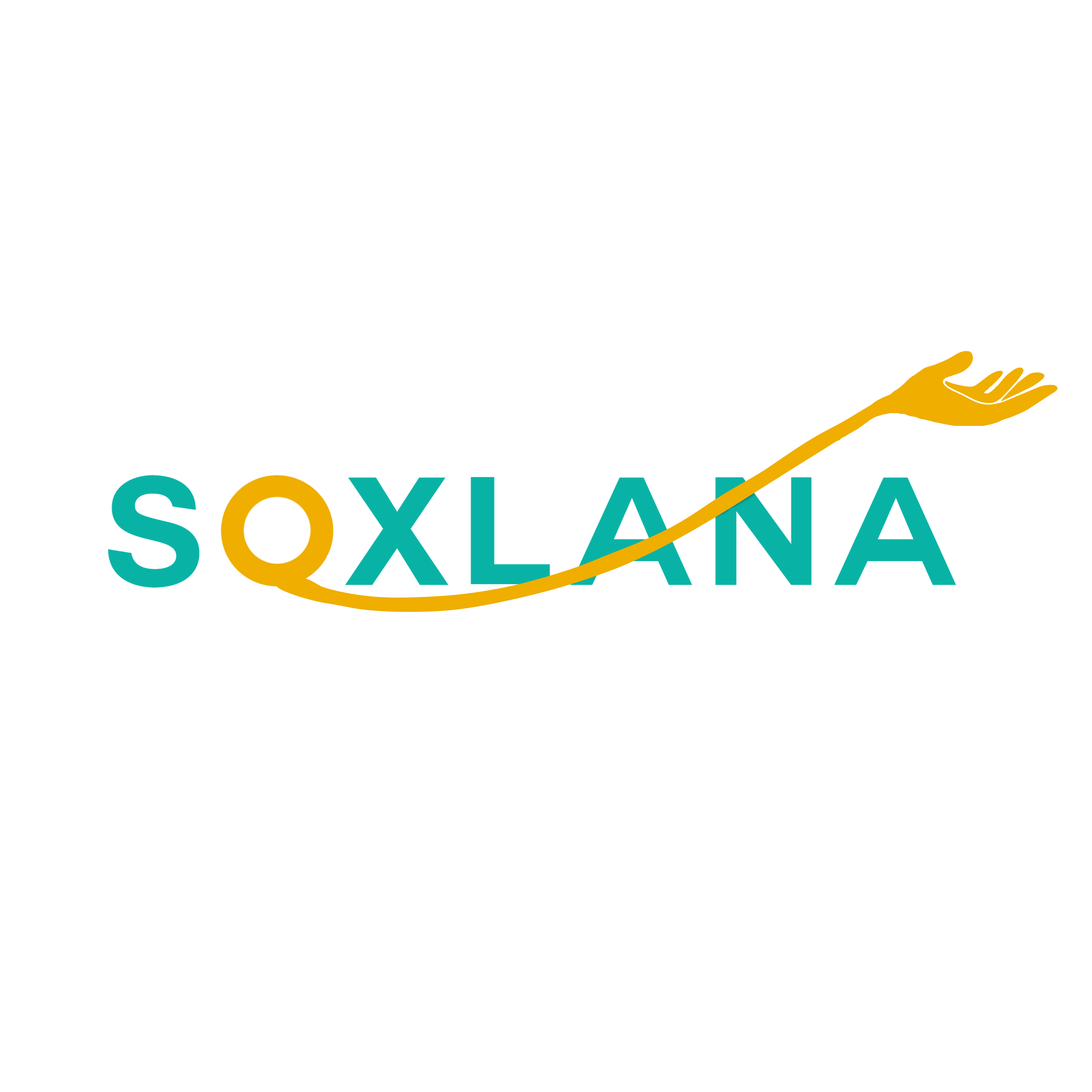Sorry for the inconvenience.
Search again what you are looking for
SOXLANA offers you everything you need. Be satisfied first and then pay later.

Munster and munster-géromé (or even minschterkäs in Francique Lorraine or minschterkaas in Alsatian) constitute an appellation of origin designating a cheese made from cow's milk from eastern France, which has been nationally protected since 1969 by an appellation of controlled origin (AOC) and in all the countries of the European Union since 1996 by a protected designation of origin (PDO).
Etymology
Its name comes from the town of Munster in the Haut-Rhin. It owes its name to the low Latin monasterium “monastery” (just like Münster in Westphalia). The town originated from a monastery founded in 660 by Irish monks.
History
The recipe for this cheese would have been left to the Vosges (that is to say to the inhabitants of the Vosges mountains, both from the Alsatian side and from the Lorraine side) in the 9th century by an Irish monk during his visit. [Ref. necessary] Another hypothesis is that the recipe dates back to the time of Charlemagne when monks came to Christianize Austrasia by founding a monastery dedicated to Saint Gregory in the valley of the Fecht (between Gérardmer and Colmar), bringing their know-how in the manufacture of cheese. The monastery (monasterium in Latin) gave its name to the place where it is established, which by phonetic distortion from Latin to German became “munester” then “munster”, name of the Upper Rhine town where the monastery is located. .
In Alsatian, munster is rightly said minschterkaas, that is to say cheese from Minschter (the municipality of Munster). The know-how of Munster spread throughout the Vosges massif via the local abbeys, including in the Lorraine side of the massif where it is produced under the name of "géromé" by alteration in the local dialect of the name of Gérardmer (as located precisely on the Lorraine side of the Vosges and which gave its name to this cheese because it was there that it was sold at fairs.).
This is how the same cheese has existed since the Middle Ages under two different names depending on whether it is produced in the Vosges on the Alsatian side (munster) or on the Lorraine side (gerome recognized by the INAO under the name of munster-géromé ).
The peasants used to pay part of their taxes to the Dukes of Lorraine by delivering this cheese.
The Chaumes du Grand Pâturage had been leased en bloc to a community which sent its herds to graze there. For 270 years (from 1300 to 1570 without interruption), the marcaires of the wealthy community of Munster, in the Saint-Grégoire valley, leased (leased) the Grand Pâturage.
The city of Munster was subsequently a member of the Decapolis under the Holy Roman Empire.
Description
It is a cheese made from raw or pasteurized cow's milk, with a soft washed rind, cylindrical in shape, 13 to 19 cm in diameter, 2.4 to 8 cm high, it can weigh from 450 g to 1.5 kg and has a strong odor. The name "Petit-Munster" or "Petit-Munster-Géromé" is reserved for a munster or munster-géromé of reduced format from 7 to 12 cm in diameter, high from 2 to 6 cm, with a minimum weight of 120 g. The rind is washed by manual rubbing with Brevibacterium linens, also called red ferments.
Production
The dairy, cheese and maturing production area covers seven administrative departments including the Alsatian and Lorraine slopes of the Vosges mountains:
Bas-Rhin (with the exception of the cantons located to the east of the department, along the Rhine),
Haut-Rhin (as for Bas-Rhin: the cantons located all along the Rhine are excluded from the "Munster AOC" production area),
Vosges (the whole of the department, with the exception of a few municipalities located in the far west),
Meurthe-et-Moselle (a few cantons located to the south and east),
Moselle (a few cantons located to the south and east of this department),
Haute-Saône (only a few municipalities located in the far north of the department, near the administrative border with the departments of Vosges and Haut-Rhin),
Territory of Belfort (with the exception of a few cantons).
Production amounted to 8,120 tonnes in 2007 (-11.3% since 1997) including 14% raw milk (9% farmer). Most of the production is now carried out in Lorraine. In 2017, 94% of Munster was made in large dairies, against 6% in farms in the Vosges mountains (farm cheese).
The munster concerns 1,280 milk producers, 80 farm producers, 8 exclusive refiners and 6 industrial processors (INAO 2014 data).
Elaboration
Munster in the ripening phase.
The ripening is done according to the specifications in 21 days minimum for the munster or munster-géromé and in 14 days minimum for the small munster or small munster-géromé. During ripening, each cheese is rubbed by hand and turned every other day. It is also kept in humid cellars at 11 ° C permanently.
The milk processed into munster must exclusively be fresh renneted cow's milk (therefore whole), placed in a mold after division of the unwashed and unmixed curd. The dough is then drained, salted, and its rind smoothed, seeded by hand rubbing which will give a pale yellow to orange hue thanks to the action of ferments linked to Brevibacterium linens. Like all soft washed rind cheeses, Munster has a strong, lingering smell.
Consumption
The ideal consumption period for Munster lasts from May to October after a minimum of 21 days of ripening, but also from April to December.
Its smell is strong, but with a mild taste. Its consumption can be associated with caraway (meadow cumin). Regarding wines, it goes well with Riesling and especially with Gewurztraminer (especially with late harvests or noble grains).
Munster can be used for “raclette” consumption, or as an ingredient in pies, quiches or flamekueches. It is now cooked in tartiflette; the recipe then takes the name of "munstiflette".
Search again what you are looking for
This website uses cookies. By continuing to browse the site, you accept our use of cookies. En savoir plus ici.
